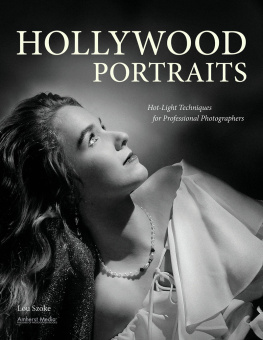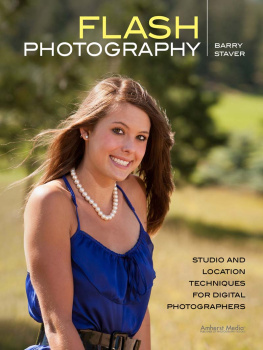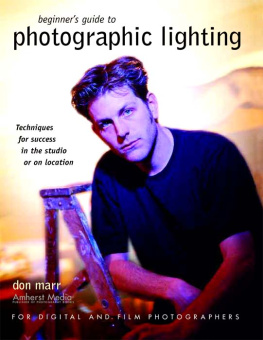

ACKNOWLEDGEMENTS
A big thank-you to my wonderful family: my wife Marian and my three girls, Shanna, Michaila, and Alissaespecially for kicking Dad into the office with the admonishment to not come out until I had written another thousand words.
Special production thanks go to these guys who really chipped in and helped me get some last-minute images: Charles Howard (www.charleshowardphoto.com); Billy Kidd; David Womble; and Ernie Lagerquist.
Finally, thanks to the models who so graciously and patiently worked with me not only on this book, but on all my productions. These include Jazmin, Haley, Stephanie, Illia, Desean, Lynne, Rio, Katherine, Katlyn, Richelle, Amber Lee, Megan, and, of course, Briana.
I love having great friends.
Copyright 2012 by Don Giannatti.
All rights reserved.
All photographs by the author unless otherwise noted.
Published by:
Amherst Media, Inc.
P.O. Box 586
Buffalo, N.Y. 14226
Fax: 716-874-4508
www.AmherstMedia.com
Publisher: Craig Alesse
Senior Editor/Production Manager: Michelle Perkins
Assistant Editor: Barbara A. Lynch-Johnt
Editorial Assistance from: Chris Gallant, Sally Jarzab, John S. Loder
ISBN-13: 978-1-60895-232-8
Library of Congress Control Number: 20111924258
10 9 8 7 6 5 4 3 2 1
No part of this publication may be reproduced, stored, or transmitted in any form or by any means, electronic, mechanical, photocopied, recorded or otherwise, without prior written consent from the publisher.
Notice of Disclaimer: The information contained in this book is based on the authors experience and opinions. The author and publisher will not be held liable for the use or misuse of the information in this book.
Check out Amherst Medias blogs at:
http://portrait-photographer.blogspot.com/
http://weddingphotographer-amherstmedia.blogspot.com/
TABLE OF CONTENTS
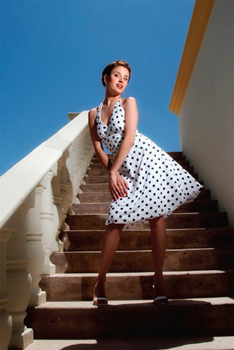
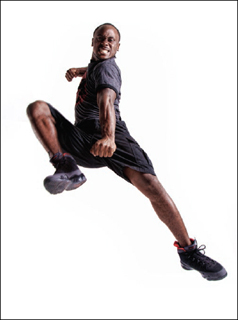
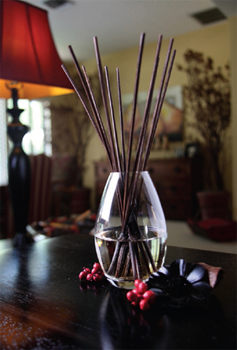
T his is not a beginner book. There are no photographs of light stands and speedlights. I hope that you already know what they are. This book is to help you think about the light that these tools provide, and what that light does when it is rendered on a subject. By focusing on the subject, we can make all kinds of decisions about the gear we are using.
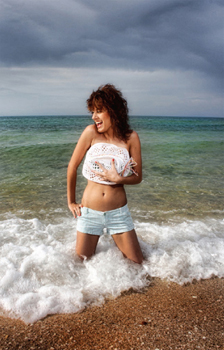
IMAGE I-1. It was an overcast day on the beach in Mexico. I wanted a feeling of sunlight on Jasmin so a flash was used as the main light. This was placed at a distance and set at stop over the ambient. A second flash, set at 1 stop below the ambient, was used from the opposite side to open the shadows and make the shot look more natural. Previsualizing your results and creating them with your lighting tools is what we are going to be talking about in this book.
Light is a substance we cannot taste or smell. We cant touch it or bend it. In fact, we can see light only when it reflects from somethingand that something is the subject of our photograph. The light can reflect from the subject with soft tonalities or with wildly exaggerated color. It can also carve the texture by highlighting the raised areas and defining the unlit areas as shadow. Edge light can separate our subject from a darker background, while the chiaroscuro effect of gentle gradients can add depth to a portrait.
Light is the tool that we use to reveal those attributes, but it is the subject that embodies them. Therefore, subject-centric lighting means we think of the subject first. What qualities does the subject possess that the light will react with? How will the light react and what will it reveal? What elements do we wish the subject to present? Will the subject present soft edges with open shadows or distinct lines of highlight and shadow? Should the subject merge with the background or be separated from it?
There are no right or wrong answers, there are simply choices that we as photographers must make. Those choices need to be made before the lights are set up and in position, and based on what we want our images to look like as prints or digital displays. We refer to that process as previsualizationknowing in advance what it is that should be achieved, then working toward that end. The tools we use are many and varied but the images we produce should not be the result of happenstance or luck. The decisions we make must be conscious choices that guide the image toward the what we saw in our heads way before we clicked the shutter.
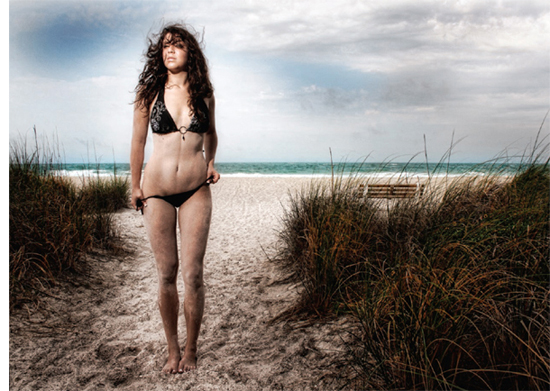
IMAGE I-2. Briana was photographed on the beach in Anna Maria, FL. Posed in the shadow of a large tree, Briana was 1.5 stops darker than the exposure of the beach and sky. The sun was behind a bit of high, overcast cloud cover, resulting in an exposure of f/11 at 
 second at ISO 100. To approximate the look of the sunlight, without having Briana look directly into that very bright overcast sky, I placed a small speedlight on a stand at the same angle as the sun and at a distance that would give me f/11. The result is a small shadow under her chin and a hard light look that mimics the sunlight.
second at ISO 100. To approximate the look of the sunlight, without having Briana look directly into that very bright overcast sky, I placed a small speedlight on a stand at the same angle as the sun and at a distance that would give me f/11. The result is a small shadow under her chin and a hard light look that mimics the sunlight.
I was once hired to shoot some images for a company that wanted to show how the pollution from an Arizona copper mine was (in their words) fouling the air with thick black billows of airborne death. I immediately knew how to show that smoke at its worst: backlight it. During the afternoon, I went to the town the smelter was in and scouted a position that would show the sun setting behind the smoke. The result was simply scary; black smoke blocked the light and created a deep, high-contrast trail of darkness against the vibrant sky. As I drove past the smelter to the side lit directly by the sun, I took some additional shots for myself. In these, the smoke was front lit against a pale skyand you could hardly make out the smoke at all. It looked like faint white streams against some soft clouds.


IMAGE I-3. Light from an oblique angle will define texture. This old barn in Ohio was grazed by the sunlight and the shadows of trees. You can see how much the texture is enhanced by the sidelight compared to the areas where the shadow dominates. Imagine if this was a subjects skin; enhancing the texture may not be what wed want to do if the skin is not perfect.
Next page

